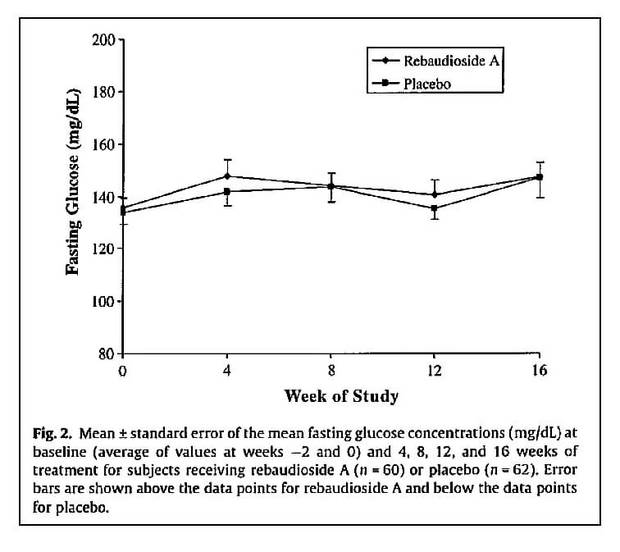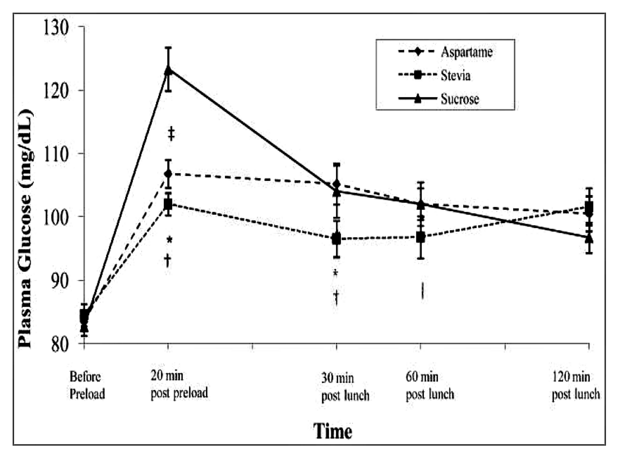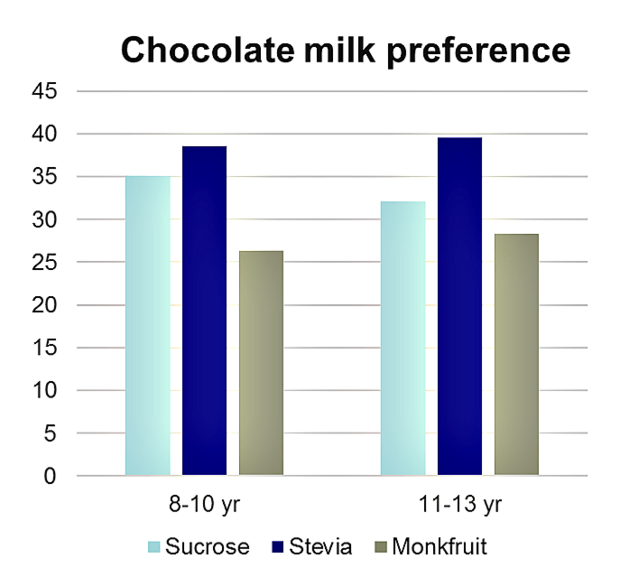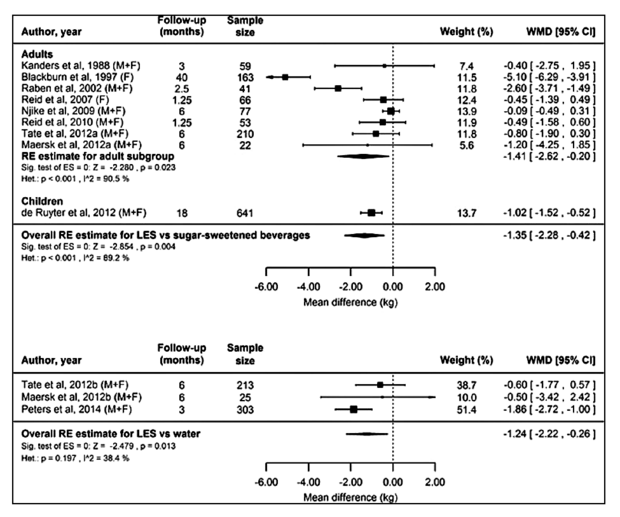1 EFSA. 2010a. Scientific opinion on the safety of steviol glycosides for the proposed uses as food additive. EFSA J 8(4):1537 [85 pp.]; doi: 10.2903/j.efsa.2010.1537. Available from: www.efsa.europa.eu/en/ efsajournal/doc/1537.pdf.
2 Onakpoya IJ, Heneghan CJ. Effect of the natural sweetener, steviol glycoside, on cardiovascular risk factors: a systematic review and metaanalysis of randomised clinical trials. Eur J Prev Card. 2015;22:1575–87
3 Maki, K., Curry, L., Reeves, M., Toth, P., Mckenney, J., Farmer, M., et al. (2008). Chronic consumption of rebaudioside A, a steviol glycoside, in men and women with type 2 diabetes mellitus. Food and Chemical Toxicology, 46, 47–53.
4 N. H. Mohd-Radzman, W. I. W. Ismail, Z. Adam, S. S. Jaapar, and A. Adam, “Potential roles of Stevia rebaudiana Bertoni in abrogating insulin resistance and diabetes: A Review,” Evidence based Complementary and Alternative Medicine, vol. 2013, Article ID 718049, 10 pages, 2013.
5 Anton, S., Martin, C., Han, H., Coulon, S., Cefalu, W., Geiselman, P., et al. (2010). Effects of Stevia, aspartame, and sucrose on food intake, satiety and postprandial glucose and insulin levels. Appetite, 55, 37–43.
6 Li XE, Lopetcharat K, Drake MA. Parents’ and children’s acceptance of skim chocolate milks sweetened by monk fruit and stevia leaf extracts. J Food Sci. 2015;80:S1083-92.
7 Gibson S, Drewnowski A, Hill J et al. Consensus statement on benefits of low-calorie sweeteners. Nutrition Bulletin 2014; 39(4): 386–9.
8 Miller PE, Perez V. Low-calorie sweeteners and body weight and composition: a meta-analysis of randomized controlled trials and prospective cohort studies. Am J Clin Nutr 2014; 100: 765-777.
9 Rogers PJ, Hogenkamp PS, de Graaf C, Higgs S, Lluch A, Ness AR et al. Does low-energy sweetener consumption affect energy intake and body weight? A systematic review, including meta-analyses, of the evidence from human and animal studies. Int J Obes 2016; 40: 381-394
©Copyright 2017 – 2018






